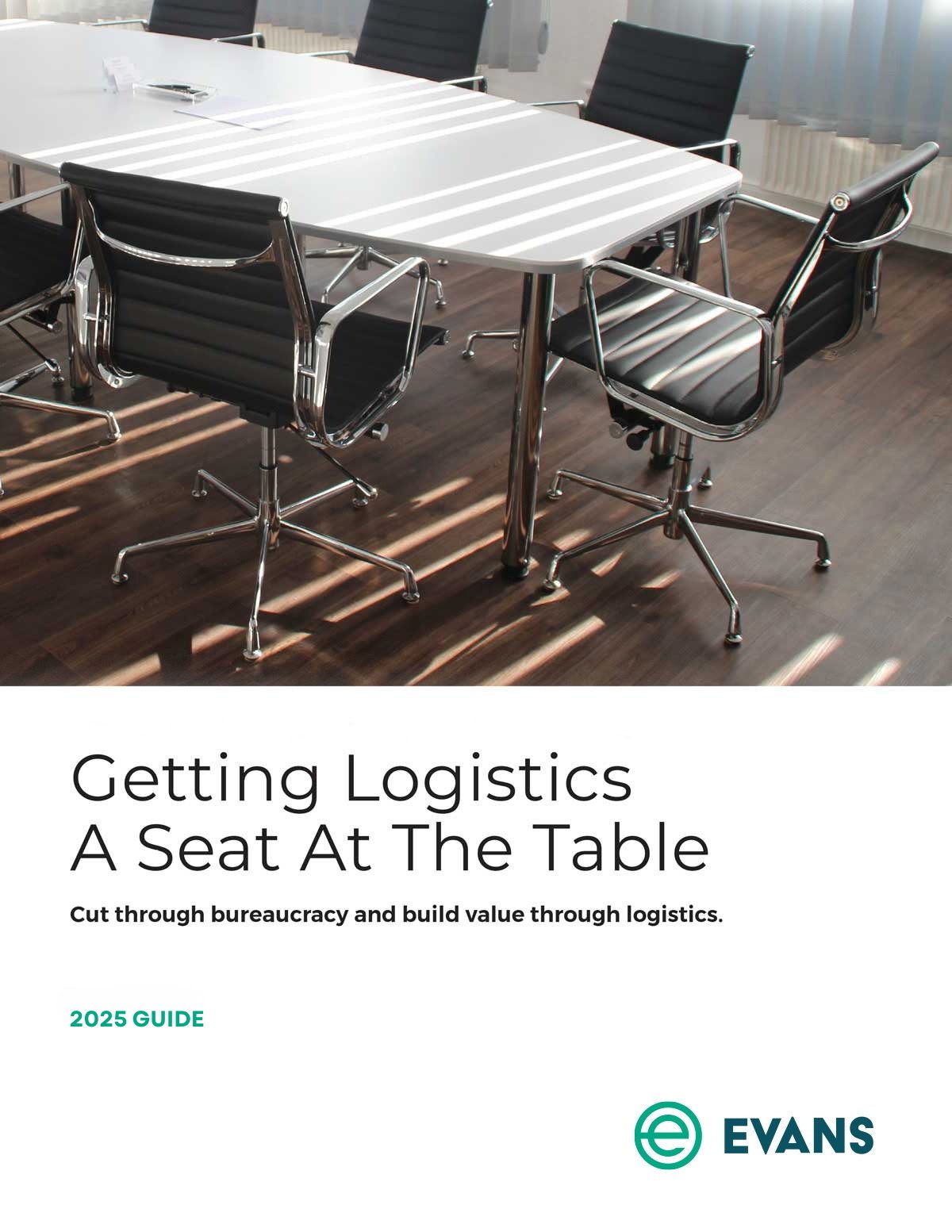Creative, flexible shipping strategies can help you leverage the capacity crunch climate to best your competition.
For shippers, it seems as though the capacity crunch will never end. With increased freight volumes continuing to gobble up capacity, a fully enforced ELD mandate, a continuing driver shortage, extreme seasonal storms, and fuel surcharges at a three-year high, being a shipper in 2018 is causing more than headaches — it's causing migraines.
Good news is that if you approach today's capacity crunch climate armed with expert shipping strategies, you will surpass your less knowledgeable competitors and gain more market share. Here are four strategies that will allow you to thrive in the capacity crunch.
4 strategies for gaining market share in the 2018 capacity crunch
1. Consider modal conversion
By considering modal conversion in your transportation strategy, you unlock increased opportunity for capacity, cost-savings, and speed. Flexibility and an intimate knowledge of your freight will help you weigh the pros and cons in the context of any given shipment. Consider these options:
- Consolidate to full truckload (TL) – Consolidating freight into bulk shipments will almost always offer cost-savings. The downside? Overall demand already has the TL market pushing volume elsewhere, which speaks to the difficulty of finding TL capacity.
- Palletize for less-than-truckload (LTL) – If you can break up your freight for LTL, you may be able to leverage the smaller, more available spaces on LTL trailers. Of course, you may increase transit time, cost, and/or the possibility of damage, depending on your freight.
- Go intermodal – In the right situation, intermodal can help shippers avoid capacity-related delays, reducing transit time and costs. However, it’s worth noting that rail capacity has been less available than usual. Why? Many shippers have adopted intermodal to solve their capacity crunch woes.
A high-quality TMS paired with transportation optimization software can analyze and compare cost and transit time for all modes, enabling you to make the smartest, quickest decision.
2. Don't leave money on the table
Now’s the time to go over your supply chain logistics with a fine-toothed comb. Firstly, if you have collected comprehensive, clean data of your freight shipping program, an upfront analysis of all inbound and outbound shipments could unearth once-overlooked efficiencies.
Audit freight bills to ensure you're not overpaying. You might be surprised how hidden fees and inaccurate information can creep in and chip away at your bottom line.
Don’t be complacent waiting on your preferred carrier. Expanding your carrier network will help you seize any existing freight availability — and it will give you some leverage to revisit preferred carrier contracts.

